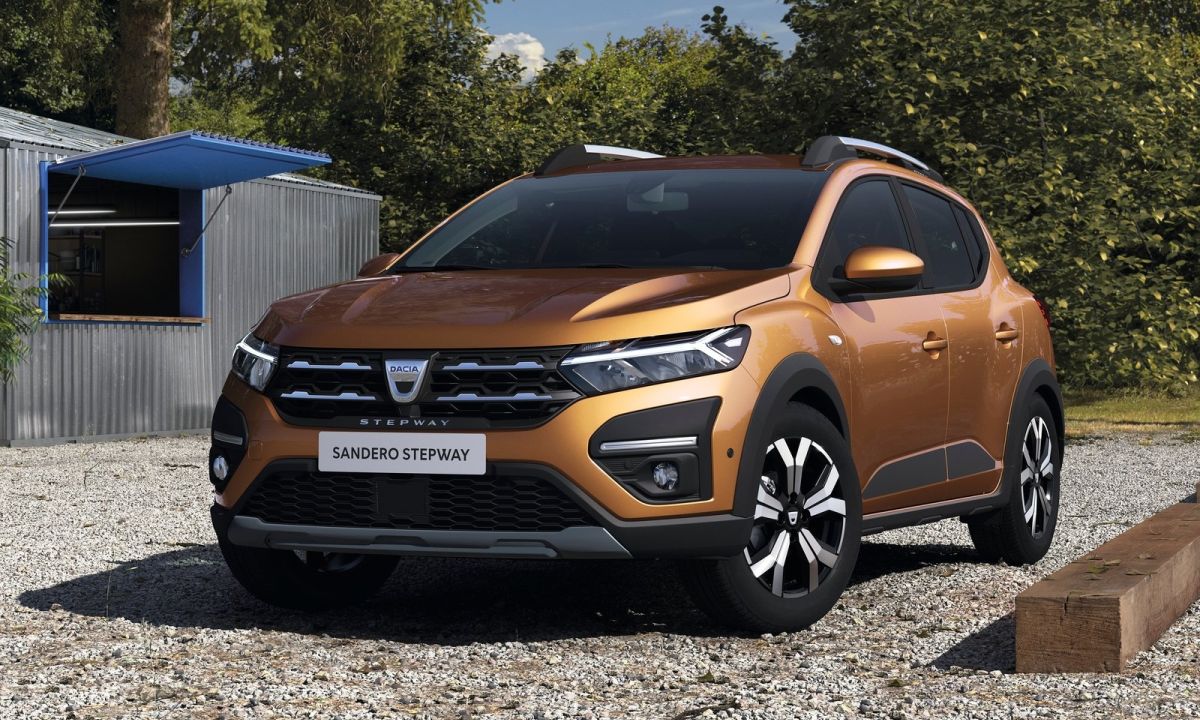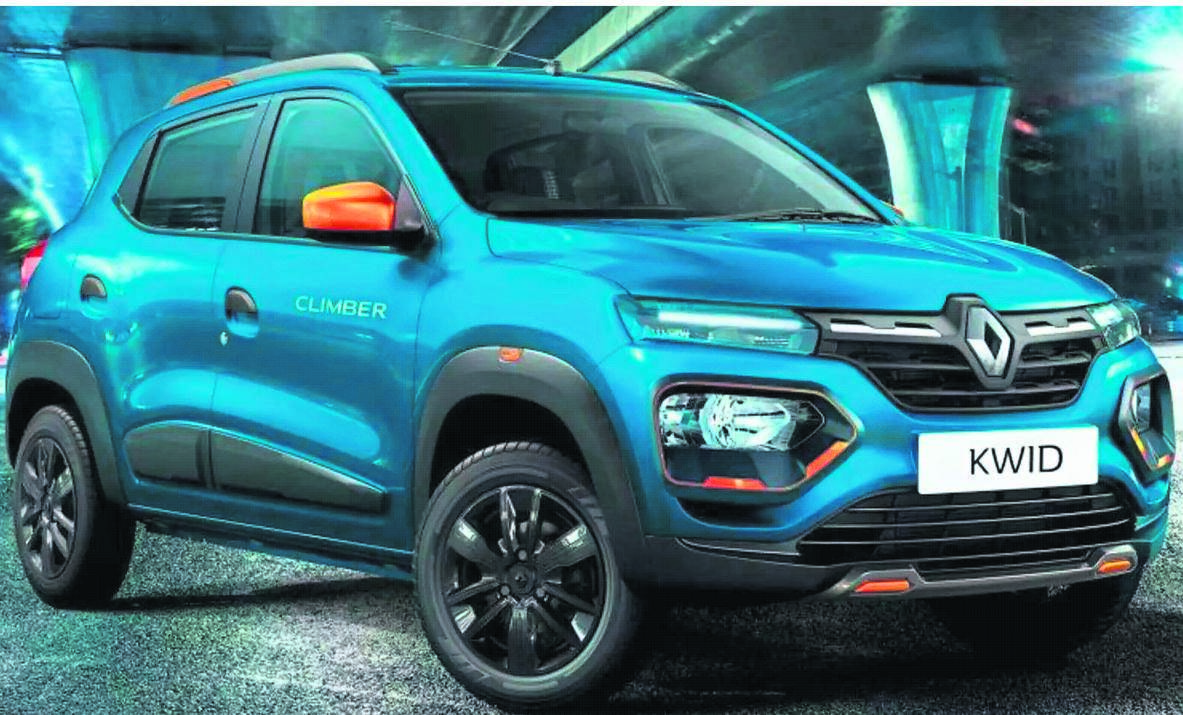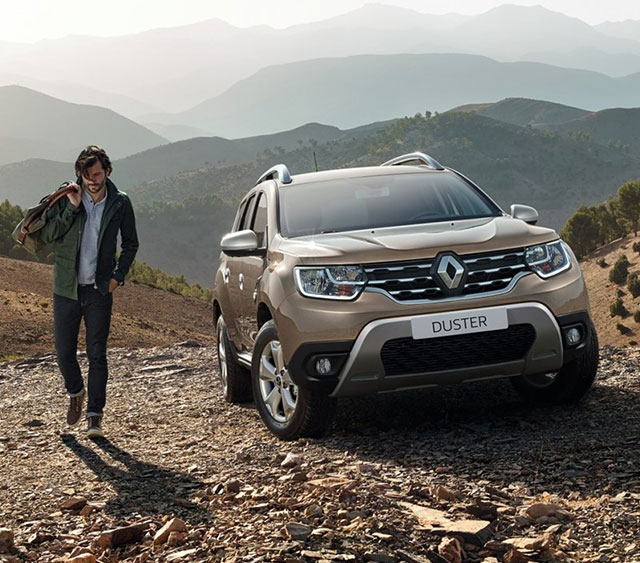The Renault Kwid will always hold a special place in our motoring lore as the car that brought the SUV body style to the entry-level buyer. With its cutesy larger than life looks, it marked Renault’s entry into the competitive A and A+ segments of the Indian car market.
Well, that was 2015 and now here we are with this little bad boy. It’s the latest and most updated version of the Kwid and a rather comprehensive one at that too. A lot has changed since the Kwid was launched in 2015 and to see if this car has what it takes to be competitive in today’s market, we will tell you five things that we liked about the facelifted Renault Kwid and two things that we didn’t.
Positives
SUV Looks
When you are restrained by budget and dimensions, looks become a priority and Renault has chosen to go with the wildly popular SUV body style.
The Kwid’s styling has evolved with Renault global design philosophy and gone from square and sharp lines to curved edges and French funkiness that Renault is well known for. The face is entirely new with LED DRLs, a new grille and low set headlights to illuminate the road better. In profile, Renault has upped the wheel size from 13-inch to 14-inches with slightly bigger tyres too giving the Kwid a better stance than the outgoing model. The rear is a bit plain but the tail lamps have now got LED guide lights.
Touchscreen System
One of the selling points for the Kwid, when it was launched, was the inclusion of a touchscreen system. It was a first-in-segment feature at that time. Renault has updated the system on offer to its latest version. This updated version includes a new interface, Apple CarPlay and Android Auto apart from the usual’s like Bluetooth connectivity, AUX-IN and reverse camera with static guides. We’ve highlighted the details of this system in a separate story and you can find a link in the description below.
Digital Dials
The Kwid was the first car in the segment to bring in a fully digital dashboard and what we have here is an updated version of the system.
The colour scheme has switched from green and orange to more futuristic blue dials over silver text. It’s actually quite a comprehensive display with multiple trip meters, RPM gauge, gear position indicator and even real-time consumption.
Ease of City Driving
The Kwid might look like a mini-SUV but it is still a small car with a small footprint. This small footprint makes it a breeze to drive in the city. We have some quips with the steering but its light nature makes it easy to manoeuvre in tight spaces. This 1.0-litre engine version that we are driving has a majority of its torque available quite low down making driving at city speeds quite a breeze. The AMT lacks a manual mode but has a creep function and with the traffic on our roads not looking at dying down anytime soon the two-pedal setup has its own advantages.
Low-Speed Ride
Small dimensions, easy manoeuvrability and a cushy low-speed ride are the trifectas when it comes to a city car and with the Kwid, Renault has managed to connect all the right dots.
Renault has boosted the tyre and wheel size but this has hardly affected the Kwid’s pliant ride quality that it has been known for. Most bumps and imperfections are done and dusted without much struggle and the 184mm SUV-like ground clearance means you get sufficient height to clear big obstacles without clenching too tightly.
Negatives
Dead Steering
An overt emphasis on being city-friendly has made the Kwid’s steering devoid of any feedback. There’s little to no feedback from the steering and while this may not be an issue at low speeds, out on the highway you need to plan your actions well in advance to be able to react to any scenarios.
Lack of Storage for Rear Passengers
You don’t get any kind of storage spaces for the rear occupants either in the doors or in the central armrest. This has been a constant issue with the Kwid right from the beginning. While it may not be an issue when you are by yourself or with another passenger in front, the pinch is felt when you have four occupants in the car. One saving grace is that the rear seatback folds flat for additional boot space.
Conclusion
We've examined the facelifted Renault Kwid in detail and these latest updates ensure that the car is still relevant to the entry-level segment of the car market. While we may not have been too impressed with its highway manners, lack of storage spaces at the rear of the absence of a manual mode for the AMT models, it does make for a good city car thanks to its compact dimensions, light steering and fuel-efficient petrol engines.
.
.
.
Article from https://www.carwale.com/renault-cars/




































